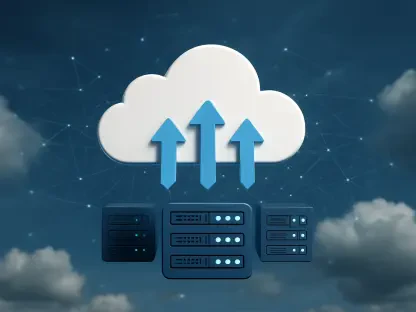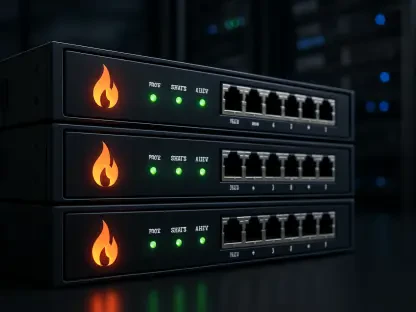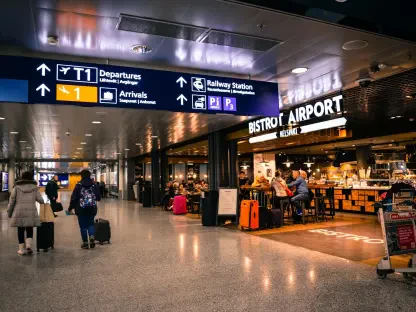As AI applications scale from small proofs of concept into production pipelines that touch code repositories, data lakes, and customer-facing interfaces, the attack surface has sprawled faster than most security stacks can see or control, and that gap has invited threats tuned to exploit model behavior rather than just infrastructure. In this climate, Trend Vision One AI Security Package arrived positioned to secure the entire AI stack—model development through runtime—by moving beyond reactive alerting to proactive exposure management, AI‑aware analytics, and automated defenses. The approach tied together continuous scanning with adaptive guardrails to neutralize prompt injection, data poisoning, and output manipulation before they turned into incidents. Just as important, governance was treated as a built‑in mandate, not an afterthought bolted onto models once they shipped.
The core of the package centered on AI Application Security, where an AI Scanner continuously probed models for weaknesses and enforced intelligent guardrails that adjusted as threats evolved. Rather than rely on manual review cycles, the system created a closed loop: detect risk, apply protection, validate the effect, and repeat. That loop was anchored by an AI Security Blueprint and Risk Insights, which translated technical behavior into auditable governance, unified risk views, and compliance guidance fit for real-world audits. Meanwhile, Zero Trust Secure Access extended granular controls to generative AI tools so enterprises could regulate prompts, scrub sensitive data, and rein in shadow IT without stifling productivity. The net result signaled a platform approach that treated AI as an end‑to‑end program, not a single feature.
From Development To Runtime Control
Coverage expanded across the software lifecycle with Cloud Risk Management and Project View, which unified multicloud and supply-chain visibility while adding agentless vulnerability detection across AWS, Azure, and Google Cloud. Zero‑impact deployment and 24‑hour asset inventory updates reduced friction, so teams could prioritize exposure without wrestling with new agents. In development, Container & Code Security shifted checks earlier, enforced consistent policies, and used File Integrity Monitoring—backed by Kubernetes and eBPF—to harden runtime against drift. File Security brought NetApp Storage support for real‑time malware and ransomware scanning within the customer environment, sharing only metadata and scaling via a Kubernetes design. An agentic SIEM fused observability, IOC sweeping, and automated playbooks, rapidly ingesting cloud app logs to speed correlation and response. Taken together, the package had reframed defense as continuous guardrails rather than sporadic cleanup, and the next steps for adopters were clear: map models to the Blueprint, enable agentless cloud discovery, turn on FIM for critical workloads, and enforce zero trust policies on AI tools to close gaps from code to cloud.









